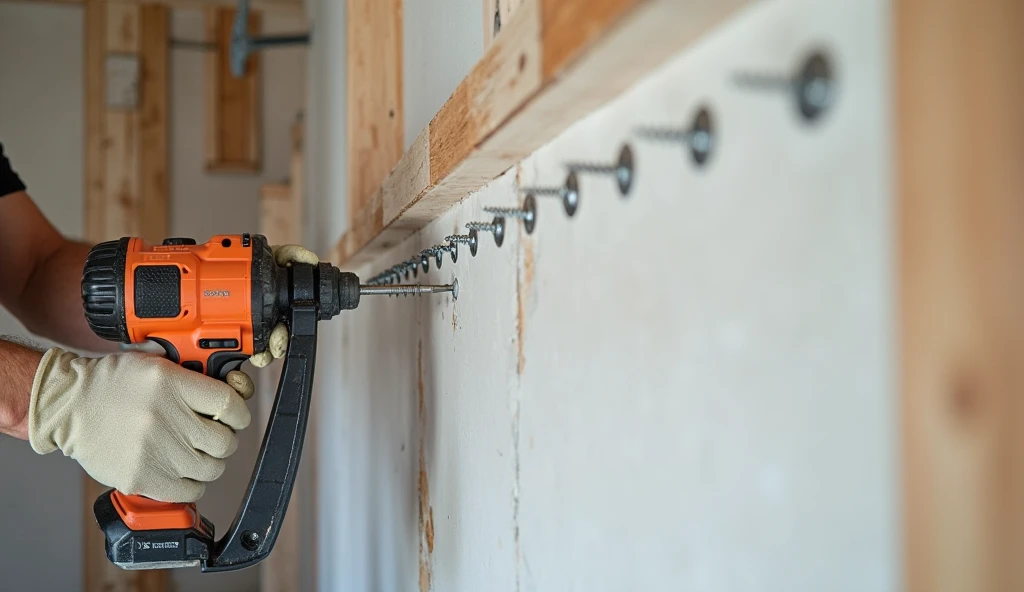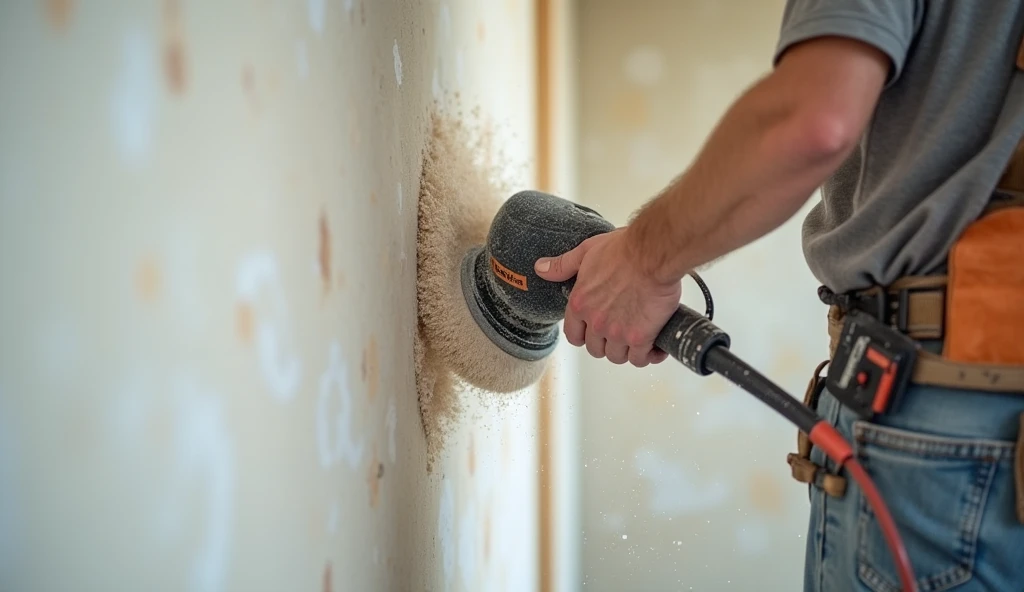Achieving sound drywall construction begins with ensuring proper stud alignment. Adhering to local building codes for stud spacing is critical, as it enables the wall to support not only the drywall but any additional fixtures that might be added later. When installing studs, using a level ensures vertical alignment, preventing potential issues like sagging or cracking of the drywall over time. For added accuracy, tools such as a stud finder can significantly enhance the precision of your framing, ultimately bolstering the structural integrity of the wall.

Avoiding common framing mistakes is pivotal to a successful drywall project. One frequent error is inadequate framing around doors and windows, which can compromise the stability of the drywall. It's important to ensure these areas are given extra attention during framing. Additionally, corners should be checked for squareness to prevent issues during the drywall fitting and finishing processes. Developing and adhering to a checklist of best practices can help minimize these errors, ensuring higher-quality framing that lays a solid foundation for drywall installation.
Selecting the appropriate drywall thickness is crucial for ensuring structural integrity and functionality. Standard 1/2 inch drywall is commonly used for walls, providing a good balance between cost and functionality. For ceilings, or areas needing more support, 5/8 inch drywall is recommended due to its thicker structure and ability to reduce sound transmission. In moisture-prone regions, such as basements or bathrooms, opting for water-resistant drywall can help prevent mold and mildew issues. Additionally, consulting with manufacturers about new drywall technologies can reveal advanced solutions like noise reduction or enhanced fire resistance. Thus, understanding these variations is key to optimal material selection for specific applications.
Proper drywall screw drilling techniques and fastener selection are essential for a secure and long-lasting installation. Different screw types, such as coarse-thread or fine-thread, should be selected based on the drywall material and the underlying structure. Using a drill with adjustable torque settings is crucial to prevent overdriving screws, which can damage the surface and compromise the drywall's integrity. Adhering to a systematic drilling pattern ensures that the drywall is uniformly secured. According to drywall construction best practices, maintaining a spacing of approximately every 12 inches for screws provides the necessary support without risking damage to the drywall. This method not only enhances stability but also aligns with efficient drywall installation protocols.
To achieve a smooth surface in drywall installation, it's essential to use drywall drivers that ensure consistent screw depth. Specialized tools like drywall screw guns are pivotal as they offer precision and reduce the risk of damaging the drywall’s surface. These tools allow for adjustable depth settings, which help teams maintain control over the installation process. Furthermore, maintaining these tools properly ensures longevity and sustained performance. Regular cleaning and timely repairs or replacements of worn-out parts are best practices for ensuring their optimal function.
Achieving precise cuts in drywall is critical to minimizing material waste and ensuring that pieces fit snugly upon installation. One effective method is employing chalk line marking systems, which offer definitive guides for cutting. This allows for accuracy in measurement, reducing mistakes and ensuring clean cuts. Incorporating advanced marking tools further enhances precision, making the installation process faster and more efficient. By measuring twice and cutting once, installers can save both time and material costs.
Proper seam management in drywall installation is crucial for stability and aesthetics. Backer board strategies play a significant role in optimizing seam support and easing the finishing process. At junctions and corners, strategically placing backer boards enhances the wall's strength and longevity. These boards help eliminate weak points that could lead to cracks or other issues. It's also vital that professional practices align with local building codes, ensuring both compliance and high-quality outcomes. These strategies collectively contribute to a smoother final finish, facilitating easier touch-ups.
To achieve seamless joints in drywall installation, it's crucial to select the right compounds for specific joint types. This ensures optimal adhesion and prevents cracks over time. Implementing systematic layering techniques during taping and mudding not only enhances visual appeal but also strengthens the joint. However, common pitfalls such as applying too much compound can lead to issues like over-sanding and surface damage. By recognizing these mistakes, professionals can avoid them and deliver a flawless finish that stands the test of time.

Understanding the various sanding tools available for drywall finishing is essential to achieve smooth surfaces. Pole sanders are effective for large areas, while hand sanding blocks work well in tight spots. Employing wet sanding techniques can minimize dust, creating a cleaner work environment. Wet sanding suits projects where dust control is a necessity, improving both cleanliness and the aesthetic quality of finished walls. Properly finalizing the sanding process ensures that the resultant surface is aesthetically pleasing and ready for paint.
Before handing over a project to a client, a comprehensive checklist for final inspections should be created. This ensures that every detail has been addressed, and the work meets quality standards. Incorporating expert insights on common challenges faced during the final inspection of drywall finishing adds depth to the evaluation process. Documenting these results not only aids in maintaining consistency across projects but also serves as a reference for quality assurance purposes, thereby upholding professional standards.
Proper stud alignment is vital to ensure the structural integrity of the drywall. It helps prevent issues like sagging or cracking over time and allows the wall to support the drywall and any additional fixtures effectively.
Choosing the right drywall thickness ensures structural integrity and meets specific application needs, such as sound reduction or moisture resistance, thereby improving functionality and durability.
Backer boards provide extra support at seams and corners, reducing the likelihood of cracks and enhancing the overall stability and aesthetics of the drywall installation.
Avoid applying excess compound which can lead to over-sanding and surface damage. Selecting appropriate compounds for different joint types and using systematic layering techniques are key to achieving seamless joints.